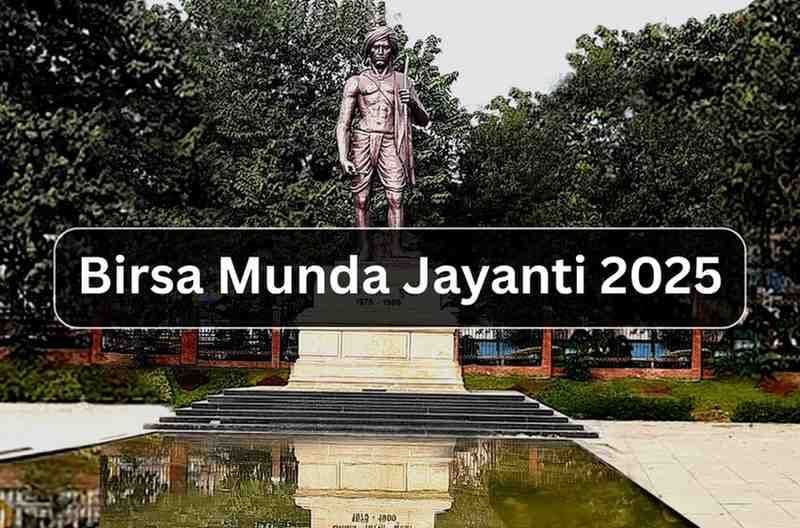Current Affairs 2024 - India's Employment Paradox: Bridging Economic Growth and Job Creation
Feb, 2025
•2 min read
Introduction
India's impressive economic growth, averaging 6.5–7% annually, is juxtaposed with limited quality job creation. Despite an increasing labor force participation rate (LFPR), informal employment, gender disparities, and a skills mismatch persist, posing challenges to inclusive and sustainable development. Addressing these structural issues is imperative to translate economic growth into equitable opportunities.
Current Status of Employment and Job Creation in India
- Labour Force Participation Rate (LFPR):
- Increased from 49.8% in 2017-18 to 60.1% in 2023-24.
- Female LFPR remains low, with many women engaged as unpaid workers.
- Informal Employment:
- 73.2% of the workforce employed in informal firms (2023-24), reflecting marginal progress.
- Sectoral Trends:
- Agriculture employment rose from 44.1% (2017-18) to 46.1% (2023-24).
- Manufacturing stagnates at ~11.4%.
- Unemployment Trends:
- Overall unemployment declined from 6% (2017-18) to 3.2% (2023-24).
- Youth unemployment remains high at 10.2%, particularly among educated individuals.
Challenges Hindering Quality Job Creation

- Structural Issues:
- Capital-intensive production limits labor demand despite economic growth.
- Worker-to-population ratio fell from 38.6% (2011-12) to 37.3% (2022-23).
- Skills Mismatch:
- Focus on theoretical education leads to employability gaps; only 45% of engineering graduates meet industry standards.
- Gender Disparities:
- Male LFPR is 78.3%, while female LFPR is just 41.3%.
- Policy Bias:
- Favoritism toward large corporations; MSMEs lack adequate support.
- Digital Disruption:
- Gig economy growth creates insecure jobs; over 77% of gig workers earn less than ₹2.5 lakh annually.
- Implementation Gaps:
- Delayed implementation of labor codes and state-level hurdles.
- Regional Imbalances:
- Job creation concentrated in urban centers, causing unsustainable migration.
Government Initiatives for Employment Generation
- Skill Development: PM-DAKSH, PMKVY, Rozgar Mela.
- Support Schemes: MGNREGA, Start-Up India, Mudra Yojana.
- State Initiatives: Indira Gandhi Urban Employment Guarantee Scheme (Rajasthan).
- Direct Benefit Transfers: Ensuring financial inclusion and employment support.

Recommendations for Quality Job Creation

- MSME Support:
- Create digital platforms for compliance and credit access.
- Develop sector-specific clusters with shared infrastructure.
- Skill Development:
- Mandate industry internships and align curriculums with job market needs.
- Introduce vocational training and digital skills at the school level.
- Local Economic Development:
- Empower tier-2 and tier-3 cities through economic corridors and employment plans.
- Launch Urban Employment Guarantee schemes for municipal services and green jobs.
- Social Security Modernization:
- Introduce portable universal social security and gig worker protections.
- Design micro-insurance products for vulnerable sectors.
- Green Jobs Push:
- Focus on renewable energy, agri-tech, and eco-friendly industries.
- Establish green technology training centers.
- Service Sector Modernization:
- Create specialized training for high-growth sectors like tourism and healthcare.
- Develop export strategies for emerging service domains.
Conclusion
India's employment landscape demands a multi-pronged strategy to ensure that economic growth translates into equitable opportunities. By addressing structural gaps, empowering MSMEs, fostering skills development, and enhancing social security, India can achieve sustainable job creation. This approach will promote inclusive growth, enabling India to leverage its demographic dividend and emerge as a global leader in human capital development.


